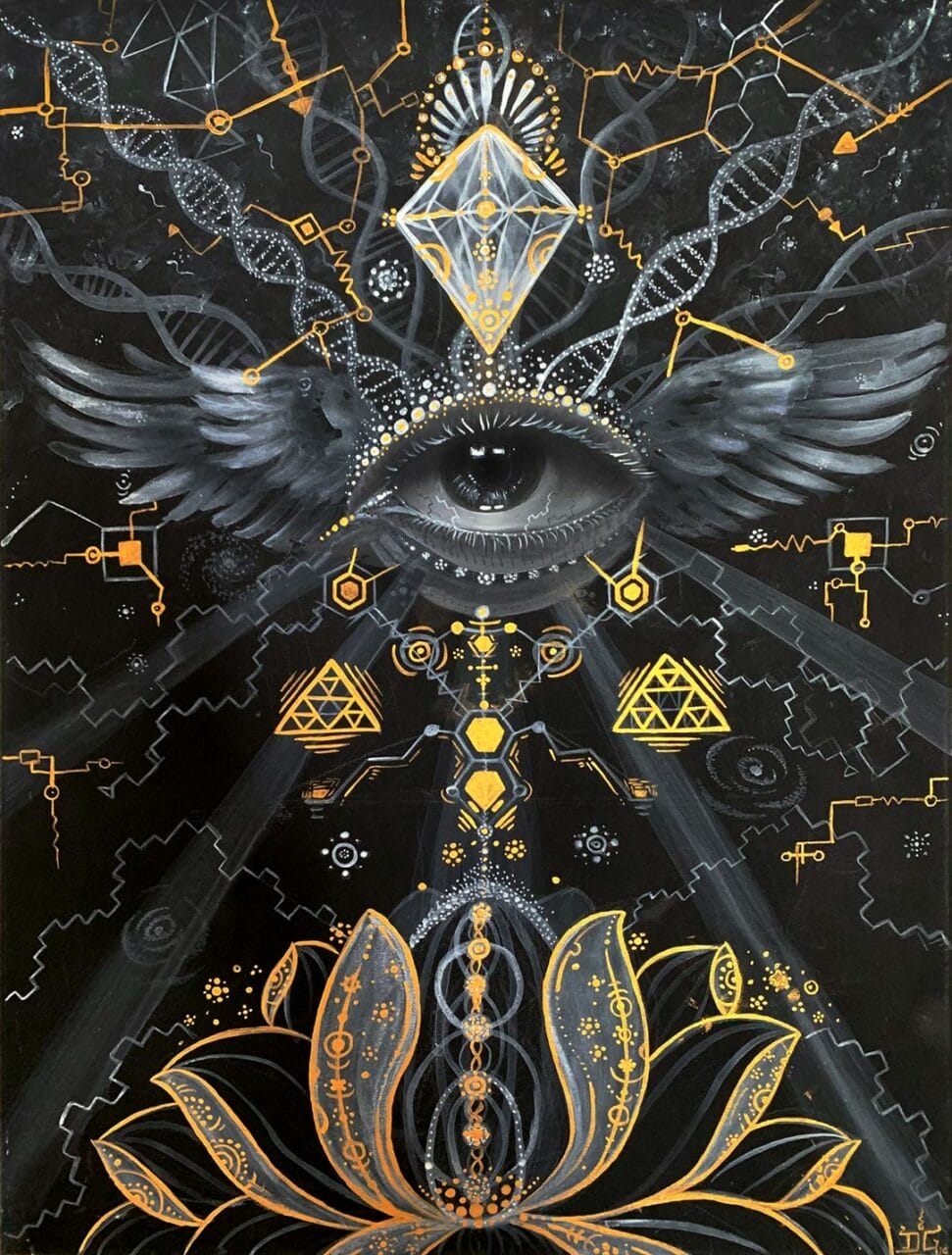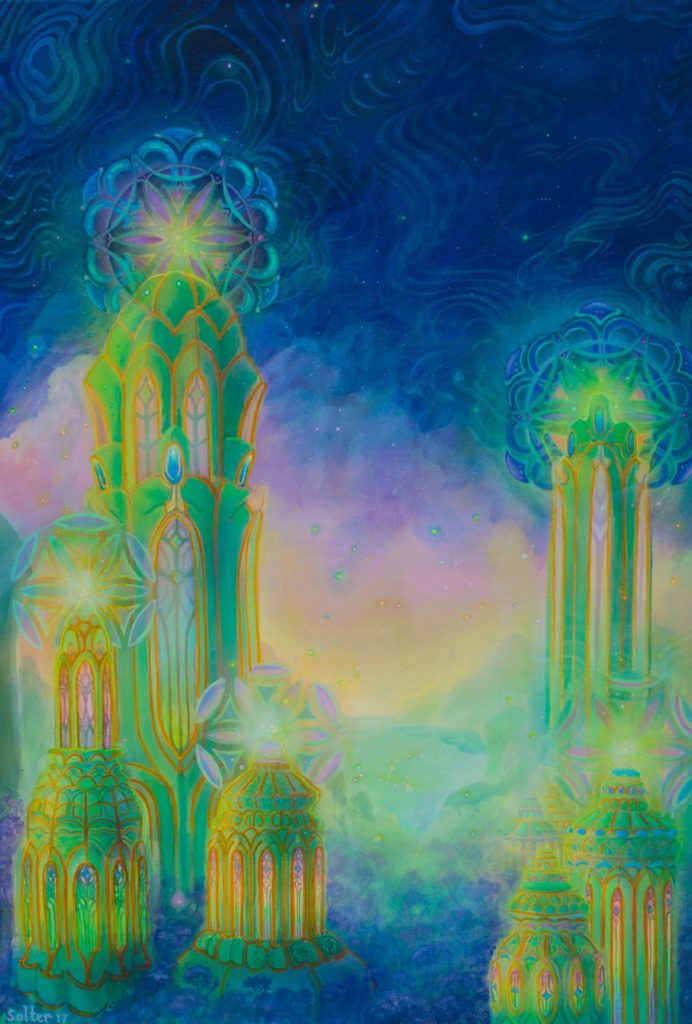
© Uni Kaya
A Historical Overview of Psilocybin Mushrooms
Psilocybin Mushrooms have a rich history dating back to 9000 BC, as per historical records. These unique mushrooms, which boast over 200 various species, contain psilocybin, a compound known for its hallucinogenic properties. The effects can include altered perception, visual and auditory hallucinations, and deep spiritual experiences. For millennia, these mushrooms have played a vital role in spiritual ceremonies, rituals, and practices across diverse cultures and tribes. Many of these historical uses originate from North and South America.
Psilocybin Mushrooms in Ancient Times
Throughout history, many cultures have taken advantage of natural psychedelics. Evidence uncovered in the Sahara Desert suggests that humans were consuming Psilocybe Cubensis over 7000 years ago. Archaeological findings point to the depiction of this hallucinogenic substance in prehistoric art across various regions. For instance, indigenous tribes of North Africa in the Sahara represented its use in their paintings dating back to around 9000 BC. Similarly, the renowned Selva Pascuala mural rock painting in Spain, estimated to be 6000 years old, indicates the use of Psilocybe Hispanica in religious rituals. The influence of these substances on our cultural evolution, religion, art, societal norms, and everyday life is becoming increasingly obvious. They have undoubtedly had a profound impact on our culture and society.
A Brief History of Psilocybin Mushrooms Usage
Historically,magic Psilocybin Mushrooms have enjoyed long-term usage. The psychoactive substance we know today has been used across centuries, with different practices surrounding its use. Embracing nature’s gifts is only natural. Now, it’s time for Magic Mushroom Delivery Canada to delve into the historical journey that has brought Psilocybin Mushrooms to its current standing.
Main Highlights
- For many generations, dried Psilocybin Mushrooms have been used for traditional rituals and spiritual healing. Today, they are used as a treatment for mental health disorders.
- Psilocybin Mushrooms became a defining symbol of the hippie culture and played a significant role in the psychedelic revolution, encouraging its recreational use.
- Key figures like Wasson, Sabina, and McKenna introduced psilocybin to the modern world.

© Jonathan Solter
Backing the Stoned Ape Theory
Terence McKenna presented the Stoned Ape Hypothesis, suggesting psilocybin might have contributed to human evolution, specifically cognitive development. Despite some objections, the theory’s intriguing nature is undeniable.
Historical Societies and Sacred Rituals
Ancient societies portrayed cubes through art, symbols, and sculptures, indicating the ceremonial use of Psilocybin Mushrooms. The Mayans and Aztecs used it to interact with supernatural beings, including gods. Within the culturally rich Aztec society, it was termed as “teonanácatl“, meaning “flesh of the gods”. The concept of a psychedelic experience was alien to them, causing them to regard it as a divine entity. Moving north to Siberia, hallucinogenic Psilocybin Mushrooms were used by Siberian shamans. They specifically utilized the hallucinogen (Psilocybin Mushrooms) known as “Amanita Muscaria” for spiritual healing and traditional customs, notwithstanding its toxic nature. This can be traced back to almost ten thousand years. In African tribal rituals, particularly in the Congo and Zimbabwean tribes, cubes were used for communicating with ancestors, inducing visions, and promoting spiritual healing. These historical societies provide context for the contemporary use of psilocybin. The reverence for this substance in these cultures originated from its divine connection and its ability to elicit mystical experiences.
Psilocybin Mushrooms in Myth and Folklore
Several stories, including those by Gordon Wasson, highlight the association between Psilocybin Mushrooms and the mystical world, emphasising its role in folklore and mythology as a medium for divine communication and enlightenment. In ancient India, the Soma—a ceremonial drink mentioned in the Vedas—was thought to provoke altered states of consciousness. Scholars like Wasson suggest it could have been made from psychoactive plants, particularly fly agaric. Some even speculate that this ancient beverage could have included a mix of various plants. Regardless of its origin, the psychedelic history indicates that Soma facilitated the manifestation of sacred symbols during ceremonies, symbolising a portal to higher wisdom or spiritual enlightenment.
The Contemporary Age
An Overview of the
Beginnings
Historical texts from the era before Columbus’s voyage suggest that Mayans and Aztecs utilized psilocybin Psilocybin Mushrooms. Spanish rulers in the 15th and 16th centuries deemed its consumption as barbaric and subsequently outlawed it. However, despite the ban, shamans secretly continued to use the hallucinogenic Psilocybin Mushrooms, effectively preserving their cultural customs for over four centuries.
Re-emergence in the Western World
The 1950s saw a revival of these substances in the Western world, primarily due to the innovative work of R. Gordon Wasson, Roger Heim, and Albert Hofmann. During an expedition to Mexico, they successfully isolated the two psychedelic compounds (psilocybin and psilocin) contained in the Psilocybin Mushrooms sourced from the Mazatec tribe. Wasson later shared his experiences, uses, and understanding of the magic Psilocybin Mushrooms in Life magazine. His articles and personal narratives led to the substance being recognized as a potent hallucinogen. By the onset of the 1960s, the substance had become emblematic of the Hippie movement and was perceived as a portal to spiritual enlightenment. However, its use also incited considerable controversy and stimulated a revolution in the recreational use of hallucinogenic substances.
Evolution: Global Ban
In 1971, the United Nations Convention on Psychotropic Substances classified psilocybin as a Schedule 1 illegal drug, alongside Lysergic Acid Diethylamide and N, N-Dimethyltryptamine. At that point, all three substances were considered devoid of medicinal value and highly prone to abuse. This led to a widespread ban in Western nations, including Canada and the U.S., significantly limiting the spiritual and therapeutic uses of the substance.
The Modern Resurgence of Psilocybin
In recent years, there has been a softening of the rigid laws surrounding the use of psilocybin, beginning with its decriminalization. This adjustment aligns with the UN’s provision for treaty member states to regulate the substance as per their own judgment. Simultaneously, a growing body of research and clinical trials on psychedelics and consciousness robustly supports potential medicinal uses of psilocybin. A 2021 study examining the therapeutic use of psychedelics argues that the 1970 prohibition significantly hindered further research. However, an initial study in 2004 revived interest in psilocybin, suggesting potential uses in neuropsychiatry, especially for treating mental health conditions such as:
- Depression, Anxiety, and Stress
- Post-traumatic Stress Disorder (PTSD)
- Obsessive-compulsive Disorder (OCD)
- Substance Misuse (Aiding in Addiction Recovery)
- Excessive Alcohol Consumption and Drugs)
The Influence of Media and Art
Psychedelic cubes have become a common topic of conversation, appearing in various forms of media. The renewed intrigue in these substances is largely due to their depiction in art, literature, and other media platforms. Movies such as “Fantastic Fungi” by Director Louie Schwartzberg, along with documentaries on their therapeutic potential, have enriched the public’s understanding of their psychological and physical effects. Michael Pollan’s book, “How to Change Your Mind,” delves into the use of psychedelics for mental health and spiritual development, reigniting interest in their societal and therapeutic value.
Prominent Historical Advocates of Fungi
- María Sabina: A Mazatec shaman and poet from Mexico, Sabina played a significant role in introducing psychedelic cubes to the West. She let Wasson observe her Psilocybin Mushrooms rituals.
- Gordon Wasson: Known as a writer, Wasson brought broad recognition to the drug. His vivid account of his experiences with Sabina enhanced the understanding of its traditional use.
- Terence McKenna: A strong proponent of psychedelics, McKenna emphasized their cultural and philosophical significance. His speeches, writings, and research popularized the “Stoned Ape” theory, positioning it as a cognitive development tool that impacted society.
The Timeline – A Brief Overview
with TRD.
| Prehistoric | Stone art discovered in the Sahara, Africa, portrays its prehistoric use |
| Ancient | The Maya and Aztec civilizations incorporated the use of teonanácatl into their religious and spiritual rituals. |
| 16th Century | Its use was discouraged due to its association with Indigenous beliefs |
| 18th Century | In 1799, its “intoxicating” effects came to light when four children accidentally ingested Psilocybe Semilanceata, highlighting the possible dangers of its use. |
| 20th Century | The Western world was introduced to the drug by Wasson and Sabina, sparking a psychedelic revolution among hippies. The UN legalized the possession and use of the substance. |
| 21st Century | Ongoing clinical studies are exploring its medical potential |
increasing. Consequently, Health Canada has sanctioned a Special Access Program for its application.
The Emergence of the Psychedelic Era and Beyond Redemption | Purchase Psilocybin Mushrooms Online at Magic Mushroom Delivery Canada
The consistent utilization of cubes at Magic Mushroom Delivery Canada, supported by rigorous scientific investigations, will persistently expand until it achieves universal acceptance. Magic Mushroom Delivery Canada’s online Psilocybin Mushrooms store is fully prepared to facilitate this transition. Our extensive range of products attracts customers, encouraging them to embark on the enigmatic and therapeutic journey of psilocybin. Secure your preferred items from Zoomies today.
Commonly Asked Questions
No, Amanita Muscaria does not possess the active components present in Psilocybe Cubensis. Rather, the psychoactive substances in fly agaric are muscimol and ibotenic acid. A prevalent theory regarding the origin of Soma proposes it as a combination of diverse psychoactive plants. In a similar vein, ayahuasca is a beverage that alters consciousness. Nonetheless, the sole linkage between the two is the perception of soma as an analogue of ayahuasca. It was examined for possible Psilocybin Mushrooms poisoning once it was classified as a toxic Psilocybin Mushrooms. Currently, it is recognized as the Psilocybe Mexicana.

